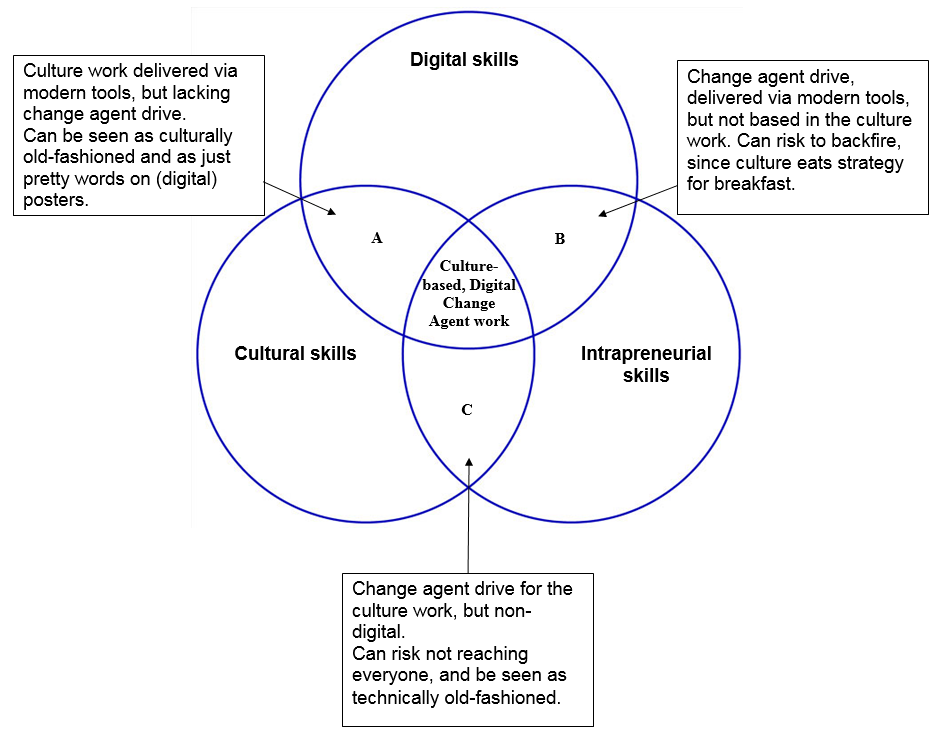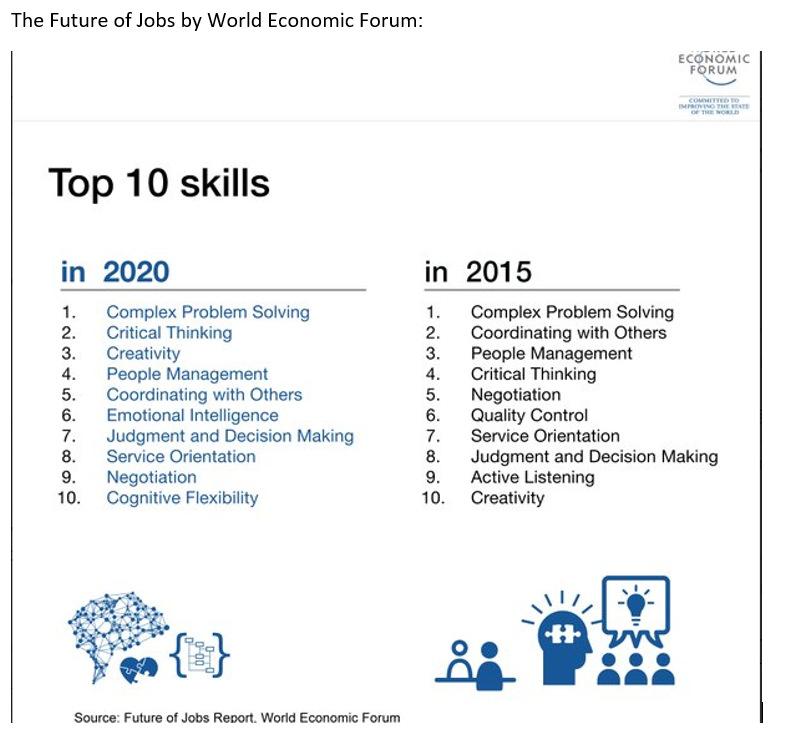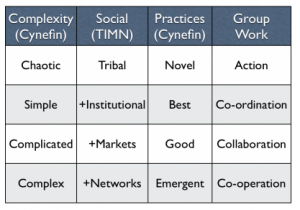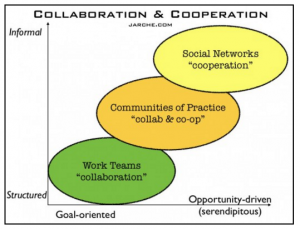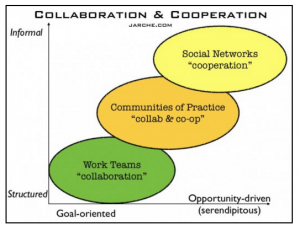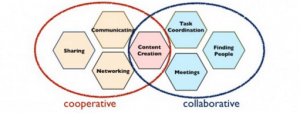Last week, I was honored to be invited as one of the speakers at Intranätverk. The conference, held a few times a year, attracts people who want to talk about intranets and the digital workplace. My talk was (no surprise here) about culture and the intranet: Digitalization and culture – From flirt to proposal. The culture and the technology can flirt all they want, but we must also make sure they walk hand-in-hand.
At Haldex, we make sure we don’t just talk about our culture and the 5Cs. Among other things, we also make sure our intranet serves as a concrete evidence of them. There, we do a number of things to remind employees that our 5Cs are at the center of what we do:
- The intranet is named “Connect”, after the first C.
- For each C, we display clear examples of each, based on the business we do. For example, when we presented ‘Collaborate’, we created a video of our product manager for disc brakes telling a story on how great collaboration led to business with a customer.
- We are building a business portal named ‘Connect the dots’, which is the sub heading for the first C ‘Connect’. Here, we will include all the necessary facts about our company, and the world we work in.
- The intranet is part of something much bigger, which we can refer to as the Digital Workplace, which in turn is part of creating a great work place. At Haldex, we make sure Human Resources, IT, and Communications drive a mutual agenda for this. At Intranätverk, I included a Venn diagram (they always seem to display the truth and be highly scientific) to emphasize the risks of excluding any of these departments:
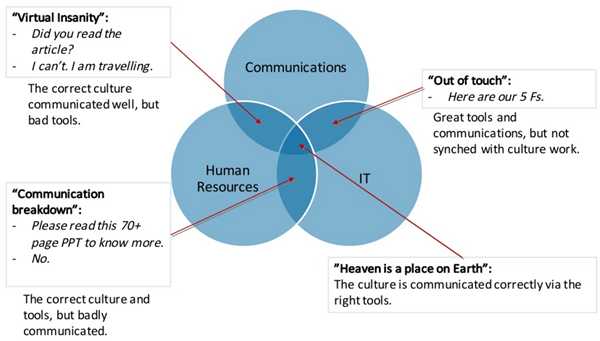
If Communications is excluded, the workplace can be filled by badly written and overly long PPT files nobody will grasp.
If IT is excluded, people have no access to the tools they need to work effectively.
If Human Resources is excluded, the rest don’t know what to emphasize.
If all play nicely together, we are taking steps to a better workplace tomorrow.
For those who are interested, my full presentation is available at Intranätverk’s Slideshare channel.



